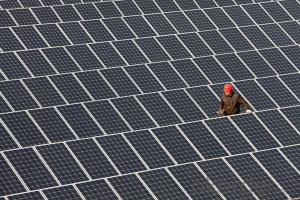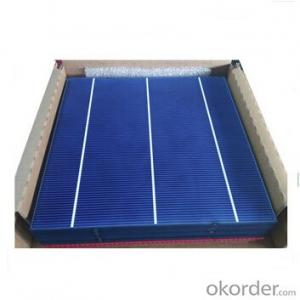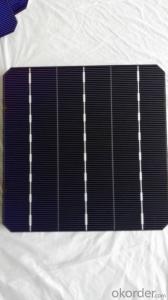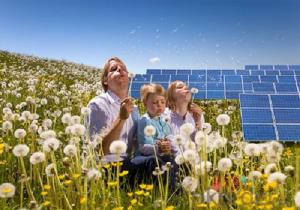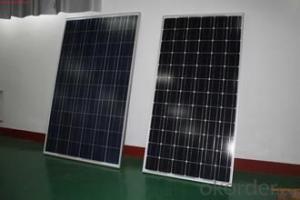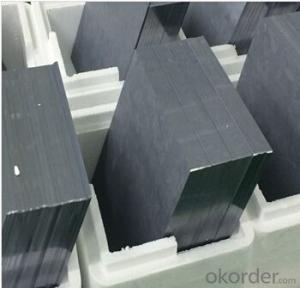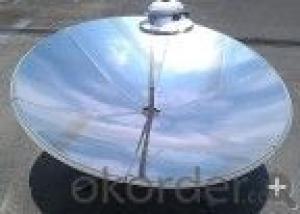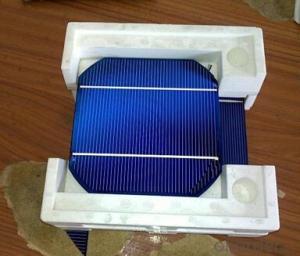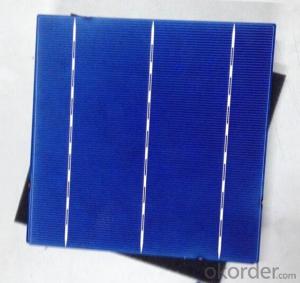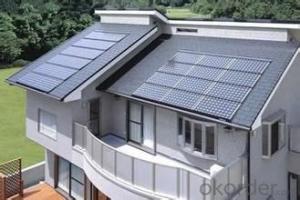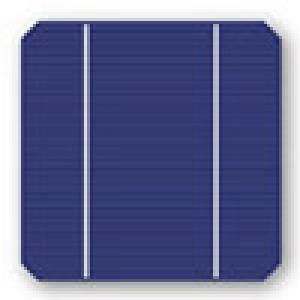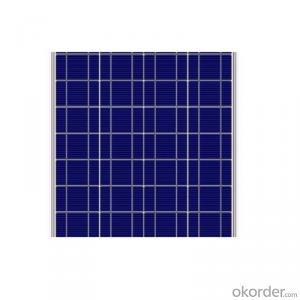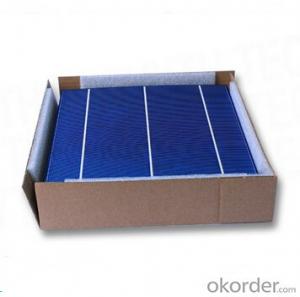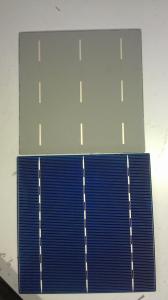Bosch Solar Cells
Bosch Solar Cells Related Searches
Bosch Solar Module Bosch Solar Inverter Bosch Inverter Solar Fraunhofer Solar Cells Photovoltaic Solar Cells Bio Solar Cells Bulk Solar Cells Electric Solar Cells Organic Solar Cells Bacteria Solar Cells Better Solar Cells Biogenic Solar Cells Free Solar Cells Chinese Solar Cells Solar Energy Cells Cells Germany Solar Panel Bifacial Solar Cells Solar Cell Module Polymer Solar Cells Rec Solar Cells Home Built Solar Cells Satellite Solar Cells Nano Solar Cells Home Depot Solar Cells Compact Solar Cells Honda Solar Cells Algae Solar Cells Foldable Solar Cells Aerospace Solar Cells Plant Based Solar CellsBosch Solar Cells Supplier & Manufacturer from China
Bosch Solar Cells are high-quality photovoltaic products designed to harness the power of the sun and convert it into usable electricity. These solar cells are engineered with advanced technology to ensure maximum efficiency and performance, making them a popular choice for both residential and commercial applications. They are known for their durability, reliability, and ability to withstand various weather conditions, which makes them suitable for a wide range of environments.Bosch Solar Cells are widely used in various scenarios, such as powering homes, businesses, and even off-grid applications like remote monitoring systems or street lighting. They can also be integrated into larger solar power plants, contributing to the global shift towards renewable energy sources. The versatility of these solar cells allows them to be installed on rooftops, open fields, or even floating solar systems on water bodies. By utilizing Bosch Solar Cells, users can reduce their reliance on fossil fuels, lower their energy bills, and contribute to a cleaner, more sustainable future.
Okorder.com is a leading wholesale supplier of Bosch Solar Cells, offering a vast inventory to cater to the growing demand for renewable energy solutions. As a reputable platform, Okorder.com ensures that customers receive top-quality products at competitive prices, backed by exceptional customer service and support. By partnering with Bosch, Okorder.com is able to provide customers with reliable and efficient solar cells that meet the highest industry standards, making it a trusted source for those looking to invest in sustainable energy solutions.
Hot Products

